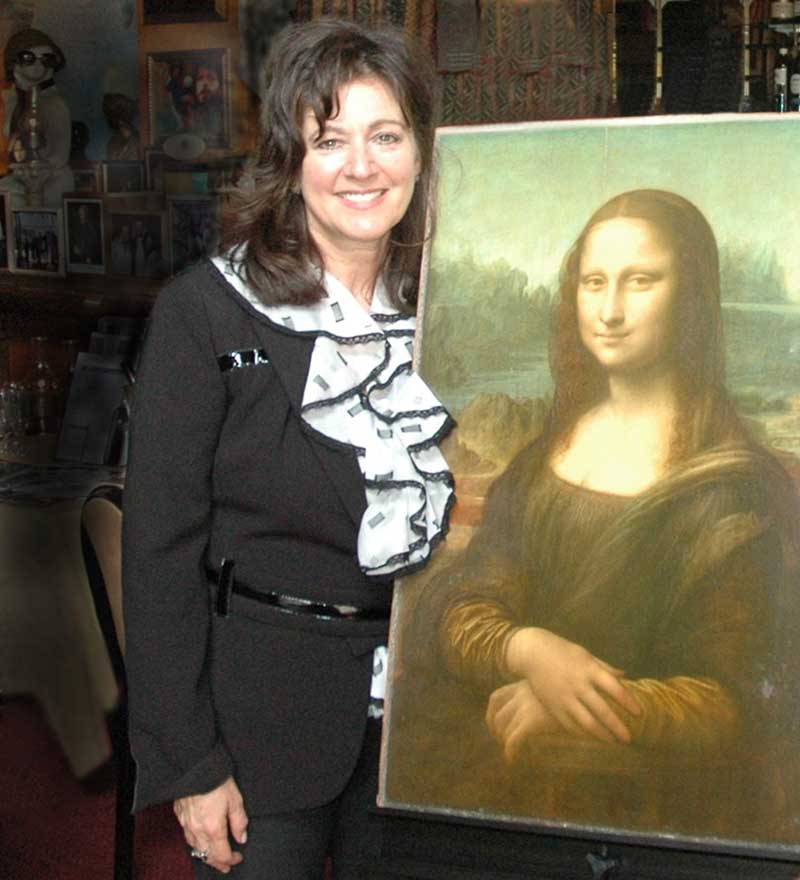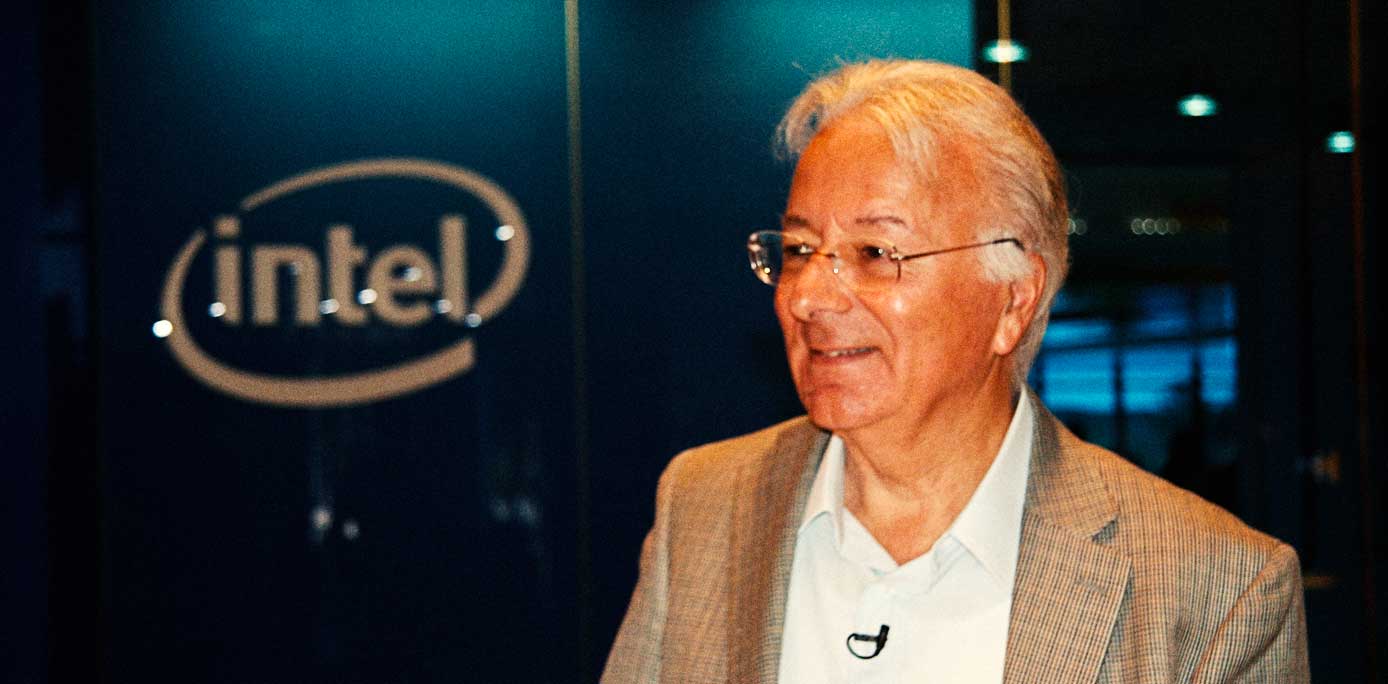The Museo Italo Americano in San Francisco is currently presenting a new exhibit, “Natural Expressions”, featuring three contemporary Italian artists, Alberto Cristini, Vincent Galassi, and John Malveto. The exhibit runs from August 22 to November 21, 2014. Although the styles and mediums used by the artists differ, they all share the challenge of transferring visual reality into their artistic work.
Alberto Cristini
Alberto was born in Rovigo, a city in the Veneto region of Italy near Venice. His passion for painting dates back to childhood. After many years of working with sculpture, in 1989 Alberto refocused his art on painting. In recent years, he has embarked on a project he has titled “Water Frame”, where he paints his surroundings using oil on canvas while swimming through bodies of water. These bodies of water have included Lago Maggiore where Alberto painted a picture using a floating easel. In August of 2012 Alberto swam San Francisco Bay while painting a picture of Alcatraz Island, accompanied by a raft with two musicians. It is in this manner that Cristini makes “Swimming Paintings” while pushing floating easels. The Alcatraz endeavor took one hour and 53 minutes.
Vincent Galassi
For many years, Vincent’s passion had been exclusively black and white photography, until recently, when he began exploring color prints. He feels his work can be best described as “Abstract-Still Life”. Vincent’s photographs take their inspiration from nature, but he incorporates nature’s forms into a vision that is highly personal and technologically innovative. A largely self-taught photographer, Galassi cites artists like Ansel Adams and Edward Weston as influences. Their impact can be seen in the clean lines of the images, and in the artist’s expert use of the full range of tonal possibilities that black-and-white photography provides. Born in Florence, Italy, Vincent Galassi now lives and works in Detroit, Michigan.
John Malveto
Louisiana based artist, John Malveto is known for his work with “stain paintings”, a new artistic concept he developed by applying layers of acrylic paints to sheets of glass allowing it to dry, then cutting it into shapes and adding it to canvas. Malveto feels his pieces are autobiographical in nature, thereby enabling him the opportunity to integrate personal iconography within the compositions. “This form of painting is so unusual that I know of no other contemporary artist who employs it,” Malveto says. “By utilizing this unique procedure I feel it has provided greater control of my visual expression. In addition this experience redefines the concept of stain painting.”
About Museo Italo Americano
Curator Mary Serventi Steiner explains how the Museo chooses artists for exhibits. “Proposals are first screened by the Museo’s Art Committee – a four member committee made up of myself, our Assistant Curator, Bianca Friundi, and two members of the Museo Board of Directors. Later, the final selection is made by our Art Jury, made up of three art professionals. We chose to put these three artists together as they all had a common theme of water and nature, and we felt they complemented each other through their different means of expression: Galassi’s photography, Cristini’s watercolor and sculpture, and Malveto’s unique form of “stain painting.”
She goes on to explain “Our next exhibit will be wonderful – it is a retrospective exhibit on graphic designer Primo Angeli, who is a San Francisco legend. His designs can be seen all over the city – from Boudin Bakery to Tommy’s Joynt. He also designed celebratory posters for such San Francisco events as the 50th anniversary of the Golden Gate Bridge, the 25th anniversary of Grace Cathedral, and the opening of the San Francisco International Terminal. You can read more about him on our website at http://museoitalo americano.org/category/exhibits-collections/upcoming-exhibition/.”
This year, 2014, marks the thirty-sixth anniversary of the Museo Italo Americano, the only museum in the country devoted exclusively to Italian and Italian American art and culture. Established in 1978, the Museo is a non-profit institution. In its early years it was located in San Francisco’s North Beach and in 1985 moved to San Francisco’s Fort Mason Center.
The museum’s Auxiliary supports the Museo through volunteer service and fundraising. In December they always organize a nice and much appreciated event called “Festa dei Dolci” for all the members. Several special events throughout the year help the Museo raise funds to support its activities and mission.































